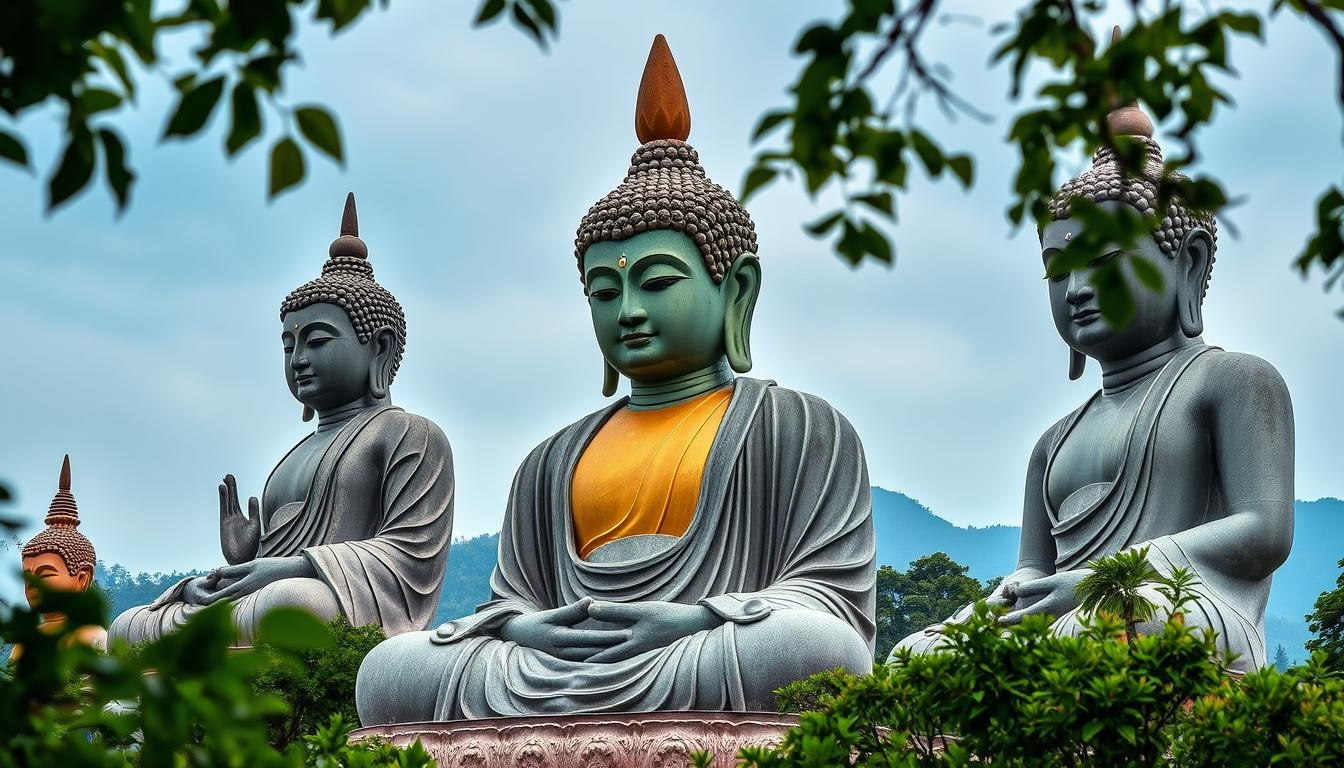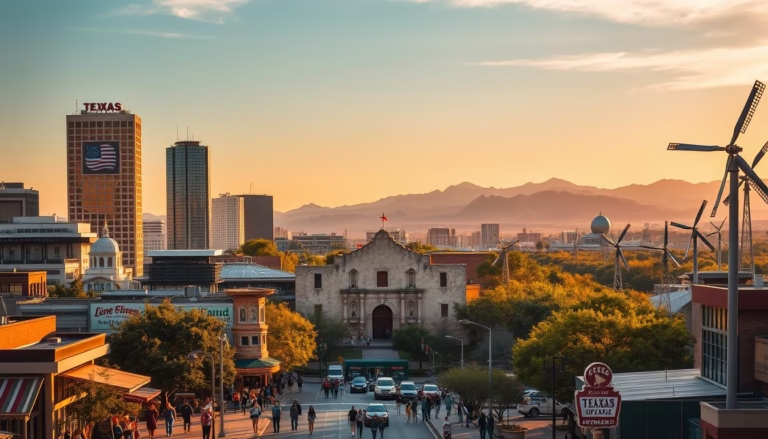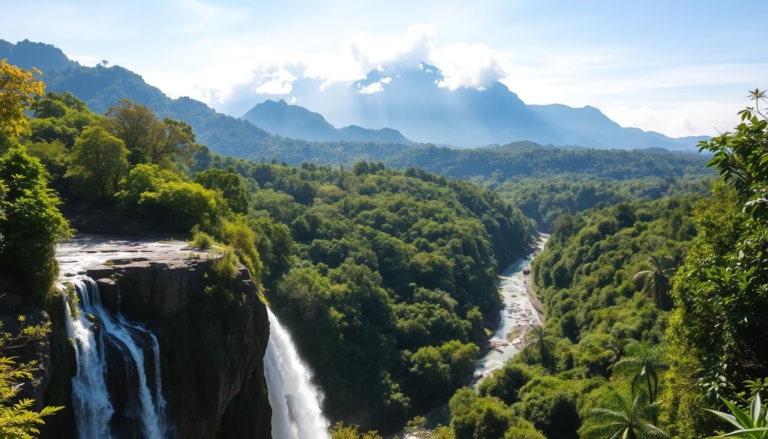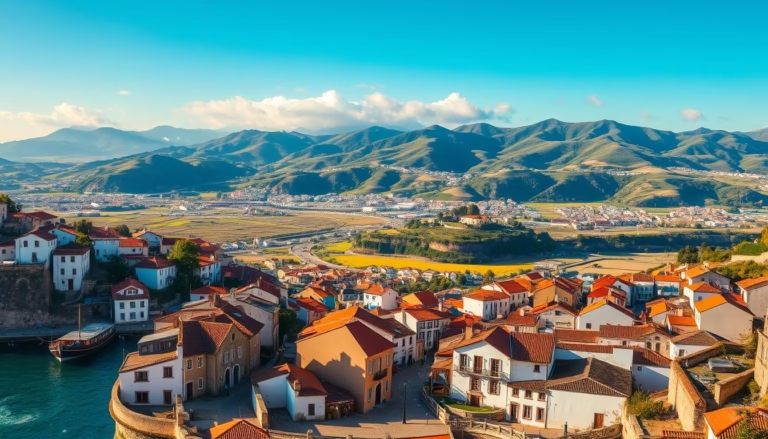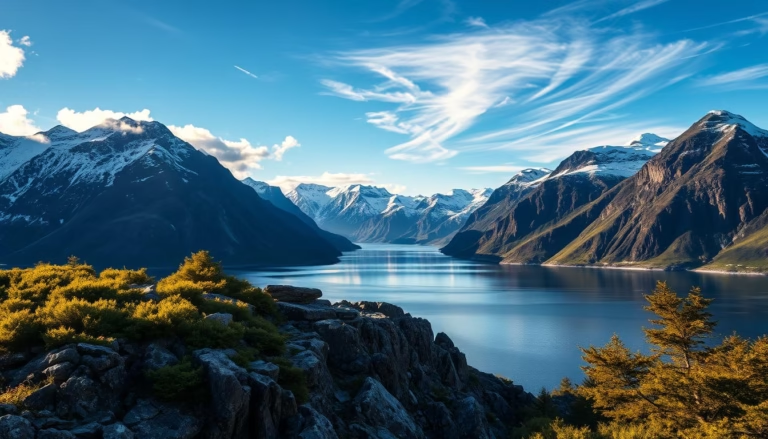Top Famous Buddha Statues to See Around the World
Welcome to a global tour of awe-inspiring spiritual landmarks. These monumental works of art blend centuries of tradition with breathtaking craftsmanship. From serene stone carvings to towering metallic wonders, each creation reflects the values of mindfulness and compassion central to Buddhist teachings.
Many of these landmarks trace their origins to ancient trade routes and cultural exchanges. The Gandhara region’s early depictions, found in modern-day Pakistan and Afghanistan, showcase Greco-Buddhist influences. Over time, diverse styles emerged across Asia, shaped by local materials and spiritual interpretations.
Today, these sites attract millions seeking inspiration, tranquility, or artistic appreciation. Some feature intricate hand gestures symbolizing specific teachings, while others impress through sheer scale. Their universal appeal transcends religious boundaries, offering lessons in harmony that resonate with all visitors.
Key Takeaways
- Discover ancient sculptures blending multiple cultural traditions
- Explore regional variations in artistic styles and materials
- Understand symbolic gestures and postures in Buddhist art
- Visit sites with historical significance along Silk Road routes
- Experience spiritual landmarks that welcome all visitors
Introduction: Journey into the World of Iconic Buddha Sculptures
Across continents and cultures, serene figures of enlightenment stand as testaments to human creativity and spiritual devotion. These artistic marvels range from ancient stone carvings to modern metallic wonders, each telling a story through posture, expression, and craftsmanship.
![]()
More than decorative pieces, these creations serve as gateways to mindfulness. Many practitioners use them as focal points for meditation, believing their presence helps quiet mental chatter. A visitor once remarked: “You don’t need to share the faith to feel their calming energy.”
Regional differences reveal fascinating adaptations:
| Region | Material | Distinct Feature |
|---|---|---|
| East Asia | Bronze/Gold | Elaborate hand gestures |
| South Asia | Sandstone | Lotus throne bases |
| Southeast Asia | Teakwood | Gilded surfaces |
Modern seekers often find unexpected connections with these ancient works. The smooth curves of a 12th-century carving might mirror contemporary design principles. A reclining figure’s peaceful expression could mirror today’s mindfulness movement.
These cultural treasures continue evolving in meaning while preserving timeless wisdom. Their silent teachings about inner peace feel particularly relevant in our fast-paced digital age.
Historical Context and Cultural Heritage
The story of Buddhist art begins not with carved figures, but with symbols whispered across generations. Early followers expressed devotion through indirect imagery, creating a visual language of reverence that avoided direct depictions for nearly five centuries.
Buddha’s Life and Lasting Influence
Gautama Buddha never asked to be worshipped as a deity. Yet, over hundreds of years after his passing, followers began creating physical representations. This shift marked a pivotal moment in religious art history, blending spiritual ideals with creative expression.
From Symbols to Sculptures
Initially, artists used footprints and lotus thrones to signify enlightenment. The first human-form representations emerged around the 1st century CE, influenced by Hellenistic artistic traditions from Mediterranean traders. This cultural exchange birthed distinct regional styles:
| Region | Time Period | Style Feature |
|---|---|---|
| Gandhara | 1st-5th c. CE | Greco-Roman facial features |
| Mathura | 2nd c. BCE | Indian-inspired draped robes |
| Gupta | 4th-6th c. CE | Halos and symbolic hand poses |
These variations show how local cultures interpreted spiritual concepts while maintaining core elements like elongated ears and meditative postures. Today’s diverse forms – from minimalist Zen figures to golden Thai icons – all trace their roots to this creative evolution.
The enduring power of these works lies in their ability to adapt across time and geography. They continue speaking universal truths about human potential, making ancient wisdom feel freshly relevant with each passing century.
Understanding Different Styles and Gestures of Buddha Statues
Every posture and hand position in Buddhist art tells a story deeper than words can express. These physical expressions act as visual guides to core teachings, inviting viewers to connect with universal truths through form and symbolism.
Sitting, Standing, Walking, and Reclining Postures
The cross-legged seated figure represents enlightenment achieved under the Bodhi tree. This pose appears most frequently, symbolizing inner peace through meditation. Standing figures radiate approachability, their open stance suggesting readiness to assist seekers.
Walking postures show motion frozen in time, right hand raised as if blessing passersby. These dynamic forms remind us wisdom must be actively shared. The reclining position captures a historical moment – the final transition into complete liberation, lying serenely on one side.
Exploring Symbolic Mudras and Their Meanings
Hand gestures form a silent language of compassion and insight. The Abhaya mudra (palm outward) offers protection, while the Bhumisparsha (earth-touching) gesture recalls enlightenment. Here’s a quick guide to common symbols:
| Mudra | Hand Position | Meaning |
|---|---|---|
| Dharmachakra | Thumb-index circles | Teaching wisdom |
| Varada | Open downward palm | Generosity |
| Dhyana | Palms stacked up | Meditative focus |
With over 100 documented gestures, each carries nuanced interpretations. A raised finger might indicate philosophical debate, while crossed wrists could symbolize unshakable resolve. These details transform stone and metal into storytelling mediums.
Exploring the World’s Famous Buddha Statues
Human ambition meets spiritual devotion in these colossal creations that push engineering boundaries. Carved cliffs, cast bronze giants, and modern marvels reveal how cultures express reverence through scale and artistry.
Global Landmarks and Their Unique Stories
The 71-meter Leshan Giant in Sichuan, China, took 90 years to carve from a riverside cliff. Local monks still share legends about its drainage system protecting villages from floods. Meanwhile, the Spring Temple figure in Henan province reaches 128 meters – nearly twice the height of the Statue of Liberty.
Consider these remarkable comparisons:
| Location | Height | Unique Feature |
|---|---|---|
| Leshan, China | 71m | World’s tallest stone carving |
| Henan, China | 128m | Contains 1,100 kg gold |
| Ushiku, Japan | 120m | Observation deck at 85m |
Bhutan’s bronze Dordenma figure contains 125,000 smaller icons within its throne. Thailand’s reclining Wat Pho masterpiece stretches longer than a basketball court. Each site blends spiritual purpose with local identity – Sri Lanka’s Avukana shows perfect proportions, while India’s Hussain Sagar floats serenely on a lake.
Modern projects like Singapore’s 15.5-meter Jade For Bliss required 3D modeling precision. Yet all share a common thread: transforming raw materials into invitations for reflection. As one sculptor noted, “We don’t just shape stone – we carve space for wonder.”
Regional Highlights: Asia’s Majestic Buddha Statues
Asia’s landscape transforms into an open-air gallery where spiritual artistry meets architectural ambition. From misty mountain peaks to bustling city centers, these monumental works blend sacred symbolism with regional identity. Each creation tells a story of cultural persistence through centuries of craftsmanship.
China, Japan, and Southeast Asia Marvels
China’s Grand Buddha at Ling Shan towers 88 meters tall, its bronze form gleaming above Lake Tai. Visitors ascend 99 steps to witness this 700-ton Amitabha figure completed in 1996. Not far away, the Spring Temple colossus stretches 182 meters skyward – a modern marvel wrapped in gold alloy.
Japan’s Kamakura Daibutsu demonstrates resilience. Cast in bronze in 1252, this 13-meter icon survived earthquakes and tsunamis that destroyed its original temple. Locals say its serene expression reflects centuries of quiet observation.
Southeast Asia’s temples reveal golden splendor. Thailand’s ornate complexes feature intricate carvings layered with gold leaf, while Myanmar’s shimmering figures guard ancient pagodas. These sites merge spiritual practice with community pride, hosting festivals that light up entire cities.
From China’s engineering feats to Japan’s weathered guardians, each region interprets wisdom through local materials. As one historian noted, “The bronze giants of East Asia aren’t just art – they’re cultural diaries cast in metal and stone.”
Iconic Sculptures and Unique Artistic Touches
The silent language of spiritual art speaks through materials that withstand centuries. Artisans choose substances not just for durability but as symbolic extensions of sacred teachings. From granite’s earthly resilience to bronze’s eternal glow, every creation whispers stories of devotion and technical mastery.
Materials and Craftsmanship
Ancient sculptors transformed stubborn stone into flowing robes and serene faces. Sri Lanka’s Gal Viharaya shows this skill – its granite figures appear soft as silk despite their rocky origins. Modern engineers use bronze casting for colossal works like Bhutan’s Dordenma, which houses thousands of smaller icons within its throne.
| Material | Example | Weight/Specs | Symbolism |
|---|---|---|---|
| Bronze | Grand Buddha at Ling Shan | 700+ tons | Timeless wisdom |
| Stone | Leshan Giant | 71m tall | Earthly connection |
| Gold | Spring Temple | $55 million cost | Divine radiance |
| Granite | Gal Viharaya | Carved cliffs | Spiritual endurance |
Interpreting Gestures and Symbols
Hand positions and postures form a visual vocabulary. A downward palm might signal generosity, while crossed legs represent meditative focus. These details transform metal and rock into teaching tools. “The right material amplifies the message,” notes a Thai artisan. Gold leaf on bronze surfaces, for instance, mirrors enlightenment’s luminous quality.
Regional styles also shine through. Greco-Buddhist blends show wavy hair and draped robes, while East Asian works favor symbolic hand poses. Whether carved into cliffs or cast in gleaming metal, each piece bridges human skill and spiritual aspiration.
Spiritual and Meditative Dimensions Behind the Statues
In quiet corners of homes and temples, serene figures offer more than aesthetic appeal—they serve as bridges to inner peace. These artistic representations have become essential tools for modern mindfulness practices, helping individuals anchor their attention during meditation. “Their presence acts like a visual mantra,” explains a mindfulness coach from California. Over 60% of meditation practitioners report using symbolic imagery to deepen their focus, according to recent wellness surveys.
Meditative Practices Inspired by Buddha Imagery
Many create dedicated spaces in their home featuring smaller replicas, transforming ordinary rooms into sanctuaries of calm. A raised palm gesture might inspire compassion exercises, while a seated posture encourages grounding techniques. One practitioner notes: “Aligning my breathing with the figure’s tranquil expression helps quiet mental chatter.”
Common practices include:
- Morning reflection using standing figures to cultivate gratitude
- Evening unwind sessions with reclining postures
- Stress relief through focused gaze on hand gestures
These methods connect ancient wisdom with contemporary life challenges. Teachers often recommend spending time observing subtle details—the curve of a smile or fold of robes—to sharpen present-moment awareness. As one yoga instructor puts it: “Every glance at these forms becomes a mini meditation.”
Practical Tips for Visiting Sacred Buddha Sites
Planning your spiritual journey requires thoughtful preparation to honor cultural traditions while maximizing your experience. These sacred places blend natural beauty with profound meaning, offering unique opportunities for reflection.
Timing Your Visit for Maximum Impact
Nature’s cycles create magical backdrops at many locations. In Japan, spring transforms temple grounds with cherry blossoms framing ancient icons. China’s mountain sites like Ling Shan dazzle in autumn with fiery maple leaves contrasting against bronze surfaces.
| Location | Best Season | Special Feature |
|---|---|---|
| Kamakura, Japan | March-April | Pink blossom framing |
| Ling Shan, China | October-November | Autumn foliage views |
| Spring Temple, China | Year-round | Elevator to monument base |
Respectful Engagement Guidelines
Most temples require removing shoes before entering prayer halls. Dress modestly – cover shoulders and knees. At sites allowing visitors to touch feet of large icons, approach quietly and avoid flash photography.
Some locations offer cultural immersion programs. Participate in dawn chanting sessions or lantern lighting ceremonies when available. As one guide advises: “Listen more than you speak – these places whisper wisdom if you’re ready to hear.”
Conclusion
Each monumental figure whispers tales of cultural exchange and human aspiration. From cliffside carvings stretching dozens of meters to iconic Buddha statues, these landmarks showcase humanity’s enduring quest for meaning. Their height and materials vary, but all share a common purpose—inviting reflection through artistry.
When planning visits, consider seasonal wonders. Spring brings cherry blossoms framing Japan’s ancient icons, while autumn paints Chinese mountain sites in fiery hues. Respect local customs by removing shoes at sacred places.
These creations transcend physical forms, offering quiet lessons in harmony. Whether standing 128 meters tall or fitting on a home altar, they remind us peace begins with a single breath. Their silent presence guides seekers around the world, century after century.
